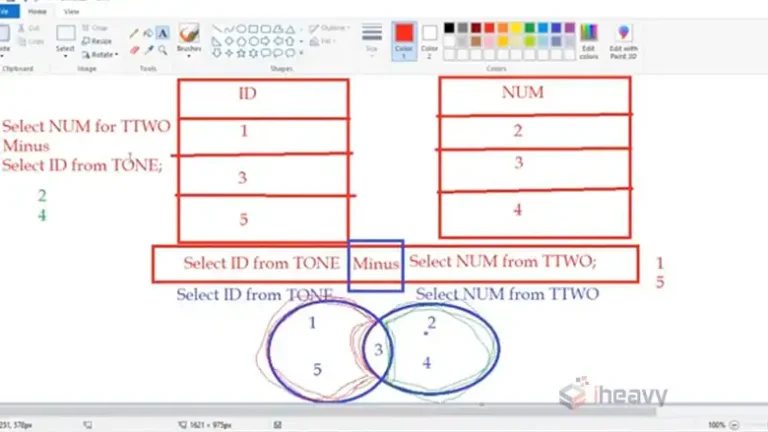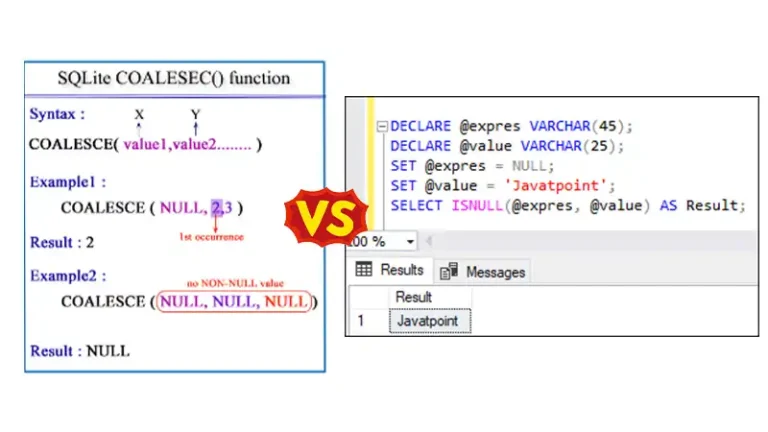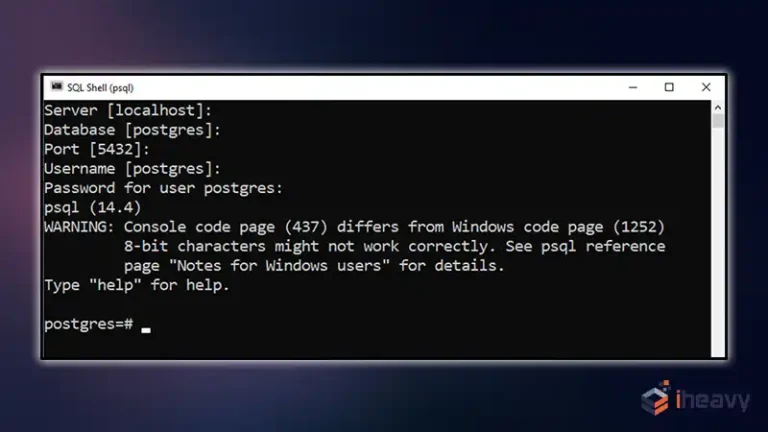Insert Row If Not Exists Without Deadlock | A Comprehensive Guide
The INSERT INTO … SELECT … WHERE NOT EXISTS construct is a common approach for inserting data conditionally into a table. However, under heavy concurrent load, it can lead to deadlocks due to competing transactions trying to acquire locks on the same resources.
This article dives deep to find out the root causes of these deadlocks and provides effective strategies to prevent them beforehand.
How to Avoid DB Deadlock While Inserting a Row Using If Not Exists?
When multiple processes or threads attempt to insert a new row into a database table simultaneously, the risk of deadlocks increases. Deadlocks occur when two or more transactions are waiting for each other to release locks, resulting in a standstill. Here are some ways you can prevent it.
1. Optimistic Concurrency Control
Employ optimistic concurrency control using timestamp or version columns to detect conflicts.
BEGIN TRANSACTION; -- Start a transaction
-- Select the row for update to acquire a lock
SELECT * FROM your_table WHERE condition FOR UPDATE;
-- Check if the row was found
IF @@ROWCOUNT = 0
BEGIN
-- Insert the new row if it doesn't exist
INSERT INTO your_table (columns) VALUES (values);
END;
COMMIT; -- Commit the transaction if successfulThis approach assumes that conflicts (multiple attempts to insert the same row) are rare. The system attempts the insert and if a conflict is detected, it retries the operation. This strategy is generally suitable for low-concurrency environments.
2. Pessimistic Concurrency Control
Locking hints: Use locking hints to control the level of locking. However, be cautious as excessive locking can impact performance.
Serializable isolation level: Set the isolation level to SERIALIZABLE to prevent dirty reads, non-repeatable reads, and phantom reads.
BEGIN TRANSACTION ISOLATION LEVEL SERIALIZABLE; -- Start a transaction with serializable isolation level
-- Insert logic goes here (not shown)
COMMIT; -- Commit the transactionThis approach is more conservative, placing locks on data before accessing it to prevent conflicts. While it can effectively prevent deadlocks, it can also impact performance, as holding locks for extended periods can hinder concurrent operations.
3. Retry Logic with Exponential Backoff
You can implement a retry mechanism with exponential backoff to handle deadlocks gracefully.
DECLARE @retryCount INT = 0; -- Initialize retry counter
DECLARE @maxRetries INT = 5; -- Maximum number of retries
DECLARE @delayMilliseconds INT = 100; -- Initial delay in milliseconds
WHILE @retryCount < @maxRetries
BEGIN
BEGIN TRANSACTION; -- Start a transaction
SELECT * FROM your_table WHERE condition FOR UPDATE; -- Acquire a lock on the row
IF @@ROWCOUNT = 0 -- Check if the row exists
BEGIN
INSERT INTO your_table (columns) VALUES (values); -- Insert the new row
COMMIT; -- Commit the transaction and exit the loop
BREAK;
END;
ELSE
BEGIN
ROLLBACK; -- Rollback the transaction on failure
SET @retryCount = @retryCount + 1; -- Increment retry count
WAITFOR DELAY '00:00:00.' + CAST(@delayMilliseconds AS VARCHAR(10)) + '000'; -- Delay before retrying
SET @delayMilliseconds = @delayMilliseconds * 2; -- Double the delay for the next retry
END;
END;This strategy involves retrying the insert operation if a conflict occurs, gradually increasing the delay between attempts. This helps to avoid overwhelming the system with immediate retries and gives other processes a chance to complete their operations.
Frequently Asked Questions
What is the role of isolation levels in deadlock prevention?
Isolation levels determine how transactions interact with each other. Higher isolation levels can prevent certain types of conflicts but may also impact performance.
How can I implement “insert if not exists” logic in databases that don’t support a native UPSERT or MERGE operation?
Without native UPSERT or MERGE, you can use a combination of SELECT … FOR UPDATE and INSERT within a transaction. This ensures data consistency. However, it’s essential to implement proper error handling and retry logic to handle potential conflicts.
Can using stored procedures or triggers help prevent deadlocks in “insert if not exists” scenarios?
Stored procedures can encapsulate logic and potentially improve performance. Triggers can be used for auditing or data consistency but should be used cautiously as they can introduce complexity and performance overhead.
Conclusion
By leveraging these database-specific features, we can insert rows without risking deadlocks. Remember to adapt these solutions to your specific database system. If you have any questions or feedback, feel free to share them in the comments below. Thank you for reading!



![SQL Server Check If Table Exists | [Answered]](https://www.iheavy.com/wp-content/uploads/2024/06/SQL-Server-Check-If-Table-Exists-768x432.webp)

